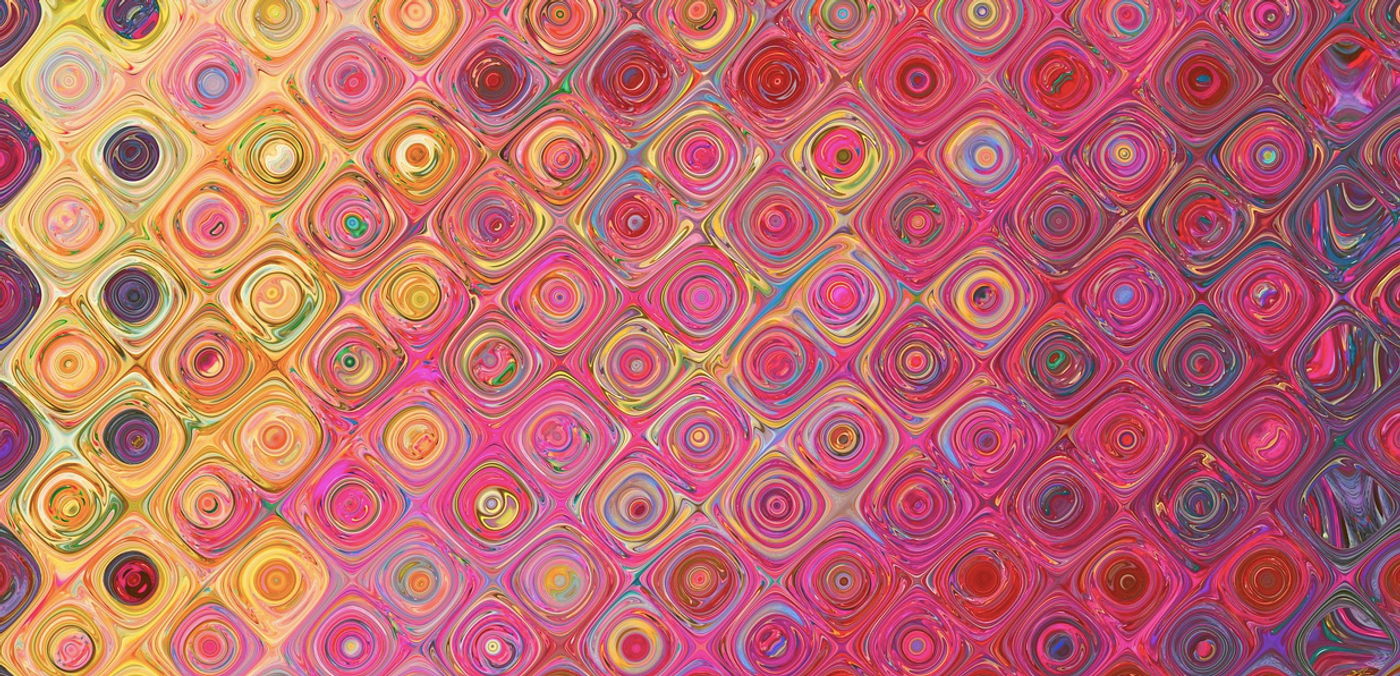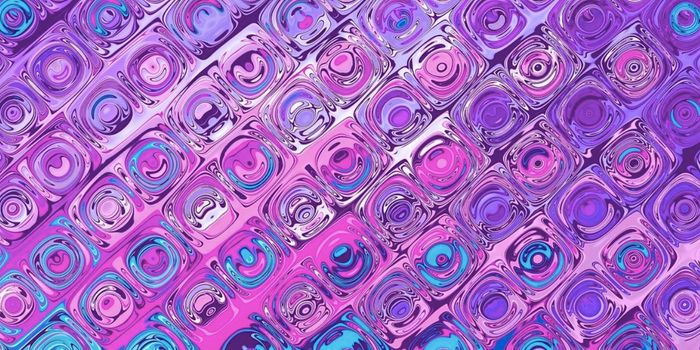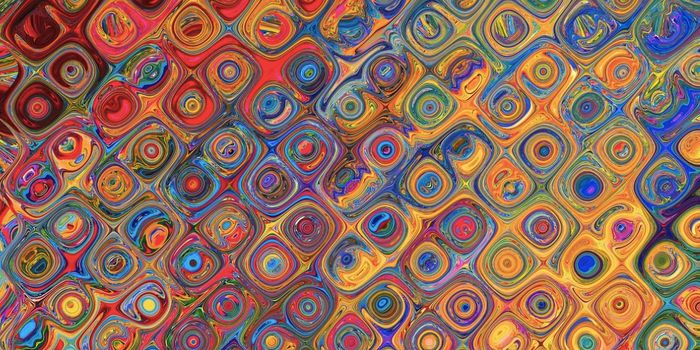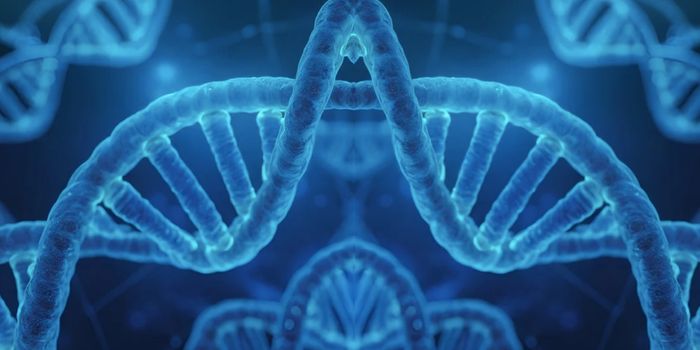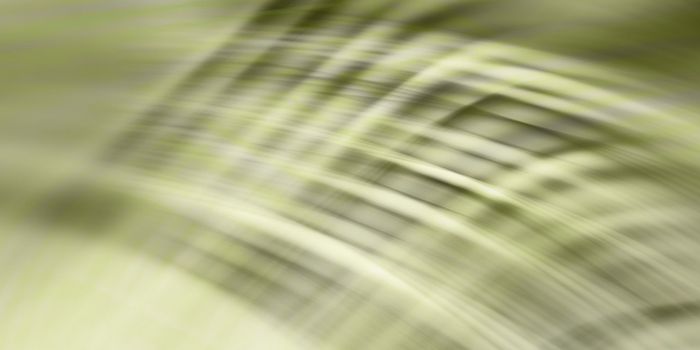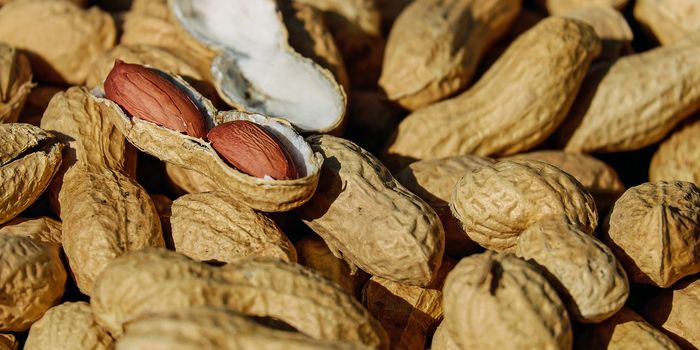Scientists Reveal a Mechanism Underlying a Childhood Disease
Langerhans cell histiocytosis (LCH) is a rare disorder that is thought to impact about one or two individuals in every 100,000. It is usually diagnosed in childhood, and researchers don't know whether it is a form of cancer, or simply like cancer-like. Sometimes, the disease is diagnosed in adults, who are often smokers or former smokers. The disorder causes tissue damage or lesions in various parts of the body, and the symptoms depend on where this damage occurs. This may also lead to other complications, such as diabetes.
Mutations in immune cells can lead to the disease. Immature forms of cells known as Langerhans cells accumulate and form tumors, which can lead to swelling and pain. The genetic mutations in these cells are not typically inherited though, and LCH patients usually have no family history of the disease.
“The origin of the LCH cells has been discussed for decades. Some researchers are convinced that LCH is derived from a certain type of immune cell called dendritic cells, while others believe that they come from related cells called monocytes,” noted first study author Egle Kvedaraite, a doctor and researcher at Karolinska Institutet.
This study has used single-cell sequencing and microscopy from patient cells to show that both ideas have merit. LCH cells that are mutated gain properties that are somewhat similar to dendritic cells, monocytes, and a newly identified cell type called dendritic cell type 3 (DC3). These various cells are able to signal to one another to encourage LCH development and create a vicious cycle.
“Today we know that DC3 has a separate pathway of development, separate from other dendritic cells and monocytes, and knowledge of this was crucial in our study,” said Kvedaraite.
Patients with LCH can receive targeted therapies that may improve their condition, but when treatment ceases the disease often returns. Lifelong treatment that can cause side effects is not a good prospect for a disease that is diagnosed in childhood, noted Kvedaraite, who added that this work may help researchers develop new treatments that aim to remove the dangerous cells.
Sources: Karolinska Institutet, Science Immunology
